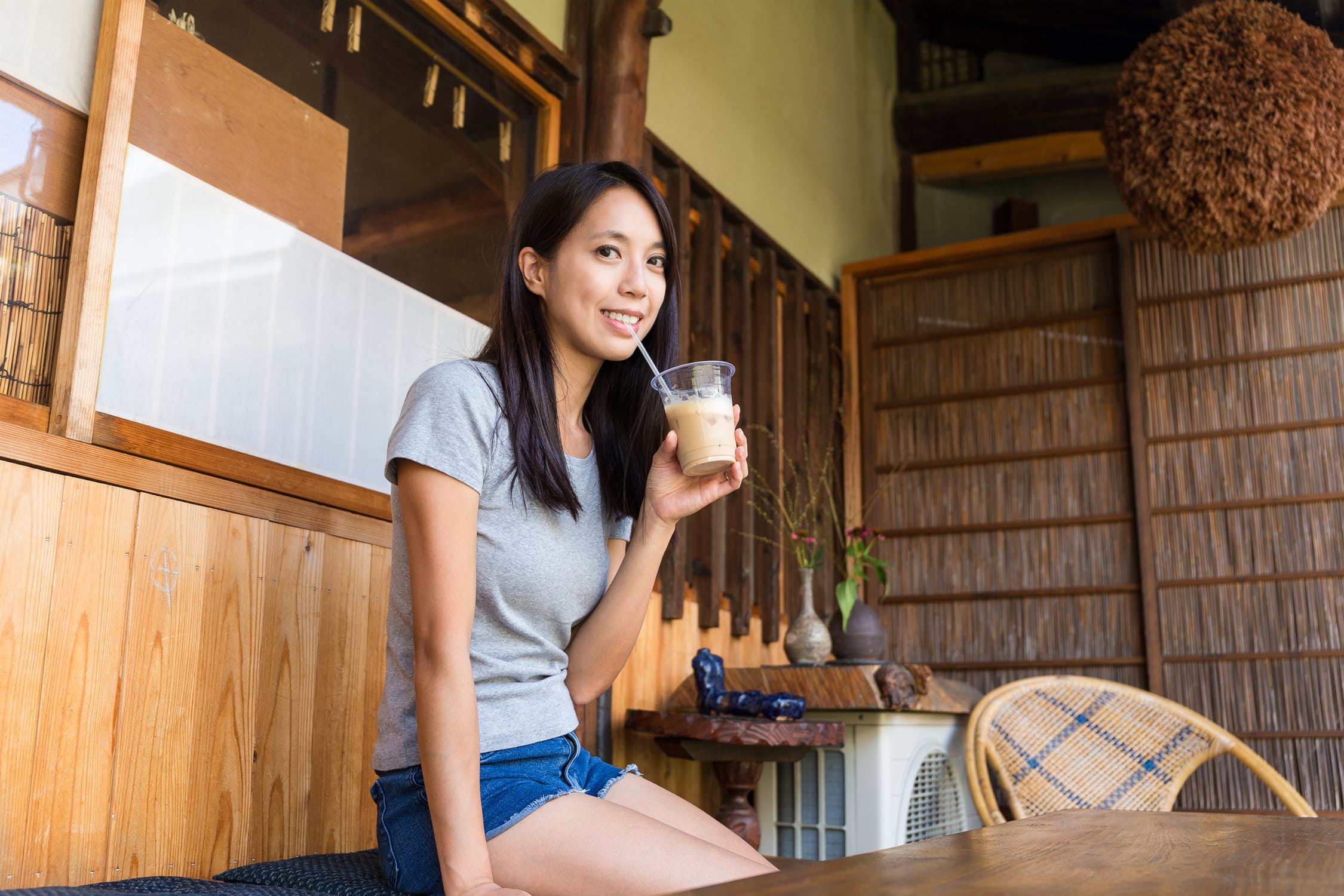How Can Bilateral Training Enhance Serve Power in Badminton?

In the dynamic world of badminton, players are consistently seeking ways to improve their game performance. In this quest, one aspect that often catches their attention is the serve power. A powerful serve not only provides a strong start to the rally but also sets the tone for the entire game. Remarkably, a technique that is gaining traction for enhancing serve power in badminton is bilateral training. This form of training focuses on developing both sides of the body to improve overall strength, power, and performance. This article will delve into the specifics of how bilateral training can help badminton players increase their serve power.
Understanding the Significance of Bilateral Training
Before we delve into the nuances of bilateral training, it’s crucial to understand its significance and its role in sports. According to a scholar study published on PubMed, bilateral training is a method that involves the simultaneous use of both limbs during practice. The study suggests that this type of training helps athletes balance their strength and power across both sides of their body.
Lire également : How to Address Ethical Concerns in Genomic Testing for Sports Talent?
In the context of badminton, bilateral training can be particularly beneficial for players. The sport demands rapid movements, agility, and power, all of which can be enhanced through this specific training. Furthermore, it can help in the development of the non-dominant side, thereby maximizing the player’s potential.
The Connection between Bilateral Training and Serve Power
A badminton serve requires accuracy, speed, and power. These attributes can be improved through bilateral training, particularly the last element – power.
Lire également : Can Electrostimulation Devices Improve Muscle Strength in Paraplegic Athletes?
A study available on Crossref demonstrates a positive correlation between bilateral training and increased muscle strength and power. Applying this to badminton, players who engage in bilateral training see improvements in their serve power. This is largely because the training focuses on developing both the dominant and non-dominant side, helping players achieve a powerful serve regardless of the serving side.
Plyometric Exercises: A Key Component of Bilateral Training
Plyometric exercises are a key component of bilateral training and play an integral role in enhancing serve power in badminton. These exercises are specifically designed to increase muscle power and strength, leading to improved sports performance.
Data from a study published on Google Scholar revealed that plyometric exercises, when incorporated in bilateral training, could significantly improve an athlete’s jumping ability. In badminton, this equates to an improved ability to generate power in serves and smashes.
Specific plyometric exercises such as squat jumps, box jumps, and depth jumps can be highly beneficial for badminton players. These exercises focus on developing power and strength in the lower body, which contributes significantly to the serve power.
Implementing Bilateral Training: Practical Advice
Having understood the theory and the benefits, let’s now consider how badminton players can practically implement bilateral training in their routine.
The first step is to identify the specific needs. Each player has a different strength, weakness, and dominant side. Therefore, the training should be tailored to suit individual needs. A comprehensive strength test can help identify these needs and develop a custom training plan.
Next, incorporate plyometric exercises in the training routine. Remember, the goal is to enhance power and strength on both sides. Thus, exercises should be performed equally on both sides.
Lastly, it’s essential to continually monitor and adjust the training plan. As the strength and power improve, the intensity and complexity of the exercises can be increased.
The Role of Data in Bilateral Training
In the world of modern sports training, data plays a crucial role. It not only helps in planning and implementing training but also in monitoring progress.
For bilateral training, data can provide valuable insights into the performance of each side, the imbalance in strength and power, and the progress made through training. Utilizing tools like Google‘s data analytics, trainers can track progress, identify areas of improvement, and make informed decisions on training adjustments.
The use of data is not limited to trainers and coaches. Players themselves can leverage these insights to understand their performance better, make necessary adjustments, and ultimately, improve their game.
Badminton players, take note. Bilateral training, by balancing your strength and power across both sides, can significantly enhance your serve power. Couple it with plyometric exercises and data-driven insights, and you’ll be serving like a pro in no time.
The Role of Plyometric Training in Bilateral Training
Understanding the role of plyometric training within the broader framework of bilateral training is vital. Plyometric exercises are fast, powerful movements that start with an eccentric (muscle lengthening) action and are immediately followed by a concentric (muscle shortening) action. These exercises are designed to enhance the explosive reaction of the individual by training the neuromuscular system to produce a rapid, strong muscle contraction.
Data published on Google Scholar reveals that plyometric training can significantly improve an athlete’s reaction time, which is crucial for badminton players. The fast-paced nature of the game demands quick reactions, and this is where plyometric training can give players a competitive edge.
In a meta-analysis study available on Crossref PubMed, it was found that plyometric jump training improved the lower limb strength of athletes, a factor directly linked to serve power in badminton. Players could perform powerful serves and smashes, thanks to the improved lower limb strength.
In implementing plyometric exercises into a bilateral training routine, coaches should include movements such as jump squats and box jumps. These exercises not only enhance lower limb strength but also balance and coordination, both essential for badminton.
A Deep Dive into Bilateral Training Studies: Evidence from Scholarly Sources
Studies on bilateral training and its impact on sports performance, including badminton, have provided valuable insights. Research published on doi PubMed and doi Crossref has conclusively proven the effectiveness of bilateral training in improving physical fitness and performance.
For instance, a study by Ramirez Campillo and others available as a full text on doi PubMed established that eight weeks of plyometric jump training improved the physical performance of elite badminton players. Another study on doi Crossref confirmed these findings, stating that plyometric training helps in inhibitory control and quick reaction times, both necessary for a powerful serve in badminton.
Such studies reflect the growing acceptance and implementation of bilateral training in badminton-specific strength training routines. As more scientific evidence corroborates the effectiveness of this training method, it continues to gain popularity among badminton players and coaches alike.
Conclusion: A Game-Changer for Badminton Players
Bilateral training, with a focus on plyometric exercises, holds great promise for badminton players looking to enhance their serve power. By developing strength and power on both sides of the body, players can achieve a powerful serve, irrespective of the serving side.
Research-backed data from reputable sources like Google Scholar, doi PubMed, and Crossref only strengthen the case for bilateral training. From improved reaction times to increased lower limb strength, the benefits are manifold.
Furthermore, the use of data analytics can optimize the implementation and effectiveness of bilateral training. By monitoring progress and adjusting training plans based on data, players can continually improve and refine their serve power.
In the dynamic and fast-paced world of badminton, bilateral training may well be the key to serving like a pro. So, players, get ready to embrace this training method and see the difference in your game performance!
